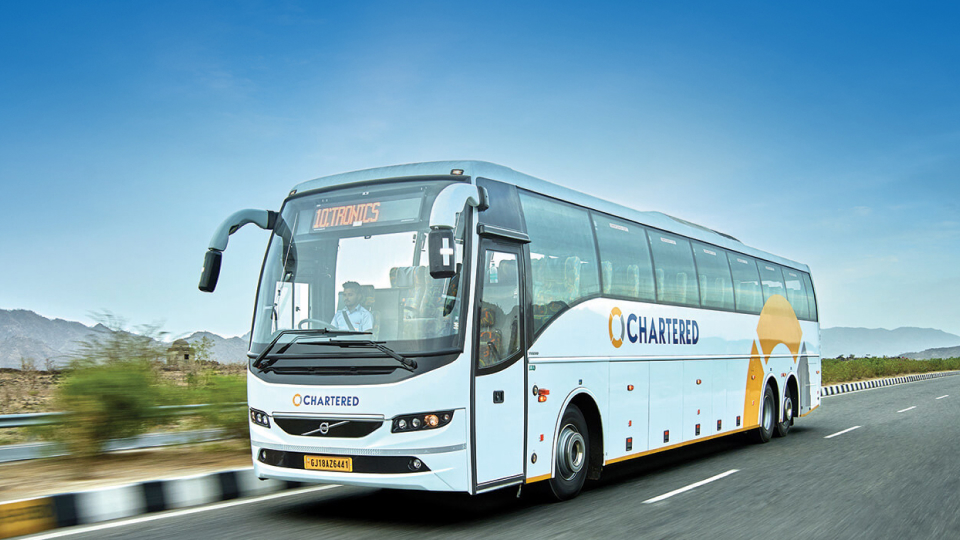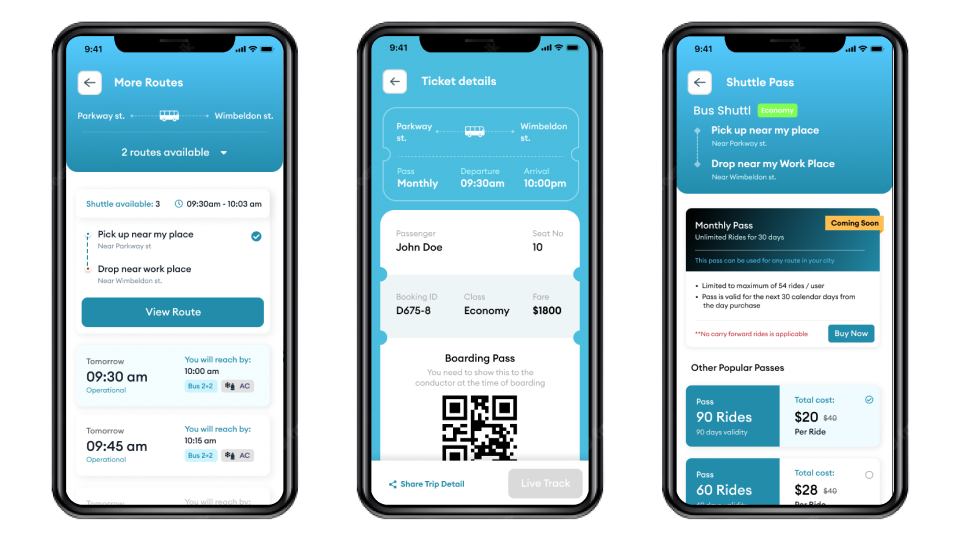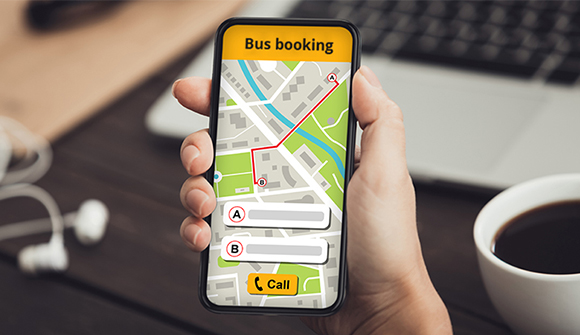
How To Boost Customer Experience With Bus Routing Software
Bus routing software has revolutionized the way transit companies manage their networks. Efficient public transportation systems are essential for modern cities to thrive, providing mobility, reducing congestion, and reducing environmental impact. Nowadays, most bus services are using routing software to maximize customer experience, improve operational efficiency, and minimize travel time.

A study, conducted by Nomadia, has revealed that mobile professionals are facing a considerable amount of challenges. Bus route planning software enables transit businesses to streamline route planning processes, enhance scheduling accuracy, and respond dynamically to meet the changing customer demands.
How can bus routing solutions help bus businesses maximize efficiency and productivity, benefiting both passengers and transit companies alike? This blog will help you understand; let’s get started.
What Is Bus Routing Software?
Bus routing software optimizes the planning and management of bus routes and schedules. It is widely used by public and private transport companies, schools, and third-party school transportation services. Also, it comes with shortest and efficient bus routes making travel experience hassle-free, faster, and safe. Moreover, it leads the fleets to less idle time and fuel consumption.

Key Features of Bus Route Planning Software
With an efficient routing solution, bus services can improve not only their operational efficiency but also the overall service quality for the passengers. Here are some of the key features of the software:
Route Optimization
Automatically generate the most efficient routes based on multiple factors such as distance, traffic conditions, and passenger demand. Also, you can adjust routes in real-time to accommodate road closures, accidents, or other disruptions.
Scheduling
Ensure timely arrivals and departures by creating and managing bus schedules; balancing bus frequency, and capacity to meet peak and off-peak demand.

Fleet Management
Track real-time status and location of buses and ensure optimal use of the fleets, leading to maximum vehicle utilization. Moreover, it saves time spent on fleet management.
Real-time Updates for Passengers
Keep your passengers updated about the bus locations, arrival times, and sudden route changes, etc. Moreover, you can integrate your mobile apps and website with the bus routing software to offer convenient access to route information.
Data Analytics
Analyze transportation data and identify trends, areas for improvement, and cost-saving opportunities. Additionally, you can generate reports and dashboards for decision-making and drivers’ performance analysis.
Integration with Other Systems
Integrate your system with GPS, GIS (Geographic Information Systems), and other technologies to enhance route planning and navigation.
Improve Your Bus Operations with Route Planner Software
If you are running a bus business and yet to try bus route planning software, take a look at how your business can be benefitted by this software.

Increased Efficiency
A. Reduce travel time and operational costs by optimizing routes and schedules.
B. Improve the reliability and punctuality of bus services.
Enhanced Customer Satisfaction
A. Provide accurate and timely information to passengers, enhancing their travel experience.
B. Reduce wait times and improve service consistency.
Cost Savings
A. Lowers fuel consumption and maintenance costs by minimizing unnecessary travel and optimizing vehicle usage.
B. Reduce administrative costs through automated route planning and scheduling processes.
Better Resource Management
A. Ensures optimal allocation and utilization of buses and drivers.
B. Supports proactive maintenance and management of the bus fleet.
Environmental Benefits
A. Decreases carbon emissions by optimizing routes and reducing idle time.
B. Promotes sustainable transportation practices.
How does Routing Software Work?
Bus routing software works by leveraging various algorithms, data inputs, and technological integrations to optimize the planning and execution of routes for transportation systems. Here’s a detailed breakdown of how routing software typically operates:Data Collection and Integration
a. Route Optimization Algorithms
b. Scheduling and Dispatching
c. Real-Time Monitoring and Tracking
d. Passenger Information Systems
e. Data Analytics and Reporting
Pick the Right Bus Route Planner, Take the Next Step Towards Efficiency
By adopting bus routing software, bus businesses can meet and exceed their passengers’ expectations, creating a more sustainable, efficient, and user-friendly public transportation system.

Ultimately, the strategic implementation of this technology empowers them to enhance their operational capabilities, better serve their communities, and contribute to the overall improvement of urban mobility.




